Island Evolution Part 2 of 2 - Insular Dwarfism

Last week we looked at Island Gigantism. In short, this is a process of evolution in which animals grow to unusually large sizes when isolated as a result of no predators, a hearty food supply or intra-species competition absent on the mainland, among other causes.
But it often goes the other way, miniaturising species around the world, called insural dwarfism.
Not exempt from this rules, humans and similar hominims have also been observed going through this evolutionary process, though it is often disputed. This is in part due to the semantics behind 'dwarf'.
Skeletons of past hominins between 12,000 and 700,000 years ago were essentially small, or pygmy people about 4.5 feet tall, rather than having some genetic condition causing them to be even shorter with body disproportions. 4.5 feet on islands around the south pacific is not that unusual it seems, though the cause is up for debate.
Usually, Insular dwarfism occurs as a result of a scarcity in food supplies on any given island. The Palau people typically attributed to dwarfism lived on an island with somewhat plentiful resources.

In most animals, Insular Dwarfism occurs substantially more rapidly than its opposite, Gigantism. The rate of evolutionary body mass deccreasion has been worked out on average to be 30 times more rapid than the body mass increase of gigantism. Though not certain, it's thought that pedomorphism* is an easier process of evolution compared to gaining loads of mass from somwhere.
This makes sense; It's easier to just... stop growing, than it is to overcome ecological constraints and struggle through various innovations to get to bigger sizes.
*Pedomorphism: the retention of youthful characteristics, like the axolotl and other salamanders
Now we know what it's all about, let's have a look at some examples still alive today. Honestly, the extinct examples of Gigantism and Dwarfism would be far more fascinating... if they were alive, but as mentioned last week, most struggle to survive through the spread of humanity, and most, if not all still extant are endangered to this day, mostly due to habitat loss. So let's appreciate what we have, while we still have them!
Warning: First images may be agonizingly cute
Virgin Islands Dwarf Gecko

It looks photoshopped, but it really isn't. Only found on 3 of the over 50 islands that make up the Virgin Islands, these are some pretty isolated little critters, though to them it's a veritable world of discovery, I'm sure.
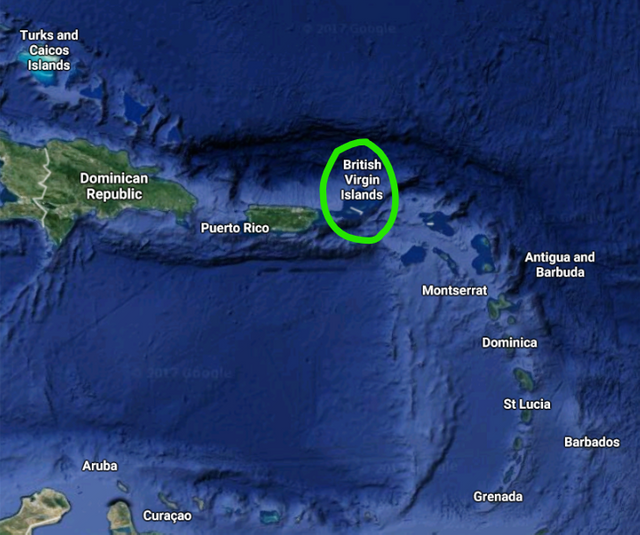
They are barely 18mm in length, weighing on average 0.15 grams. That's roughly 600,000 times lighter than me, for reference. That's average though. They can be as little is 0.043 grams, or 1/2,000,000th of me.
This gecko is so small that it lacks the usual evolutionary tool that prevents water loss in geckos, and this forces it to live in dark, moist microhabitats like under rocks or it would lost 70% more water than its larger cousins.
Rhampholeon
Similar in stature an status is the Rhampholeon, or pygmy chameleon, which sits on your fingertip just as cutely. Or a matchstick.
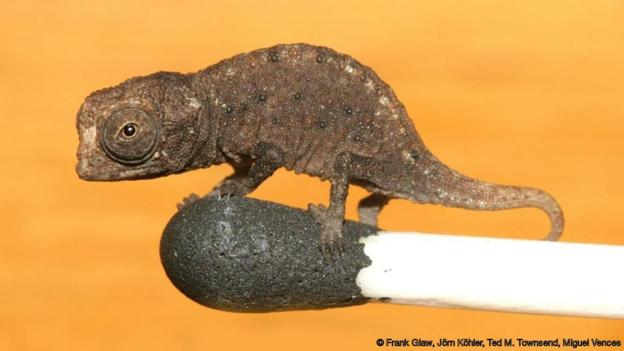
Borneo Elephant
Even the mighty fall susceptible to this evolutionary trick. Trapped in the island of Borneo The same place I talked about regarding the extinction of our beloved Orangutans, it is unsurprisingly endangered, having lost 50% of its population in the last 65 years or so.
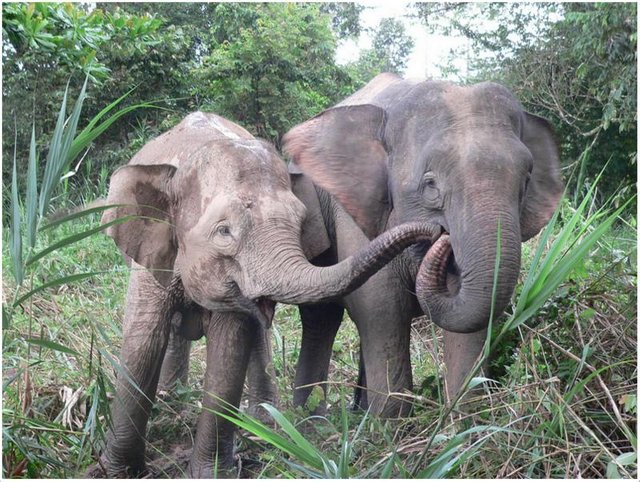
Their body seems a little disproportionate in a way, with tails so long that they practically sweep the ground as they go, smaller heads and baby faces that kind of remain baby faces in adulthood, perhaps another example of pedomorphism. They are smaller even than Asian and forest elephants, weighing no more than 2,500kgs, which is only about 28 me's.
I found these interesting not because they were particularly tiny, but because they are surprisingly tame. Having no natural predators on the island could be one thing, but there is evidence to suggest they are the offspring of previously domesticated elephants.
Past elephants
If we look into the extinct species of elephant, then the Cyprus Dwaf Trunks all living species, at only 200kgs and 1.4 metres in height. These were also found on other nearby Islands like Malta, but if you go north to some Islands in Alaska, there were also pygmy mammoths lingering around.
Key Deer
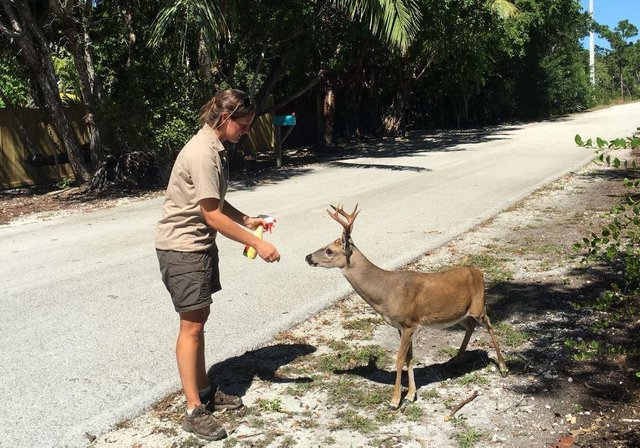
These dog-sized deer are the kind of animal you don't bother swerving to miss when driving down an empty road at night. Just ram it under the wheels and continue on your way. Ohhh I'm kidding. Just ram it out the way.
But seriously, these guys are in trouble enough. Living on some little islands in Southern Florida, an infestation of Screw Worms has devastated their population. Screw worms are a kind of Flesh-eating worm that devours from the inside, giving the key deer a pretty gruesome death.
(I thought after my articles on parasites I'd be done with worms. Worms! Forever the source of bad news!)
Fairyflies
I actually mentioned these briefly a month or two back as the world's smallest insect, and the cutest parasitic wasp.
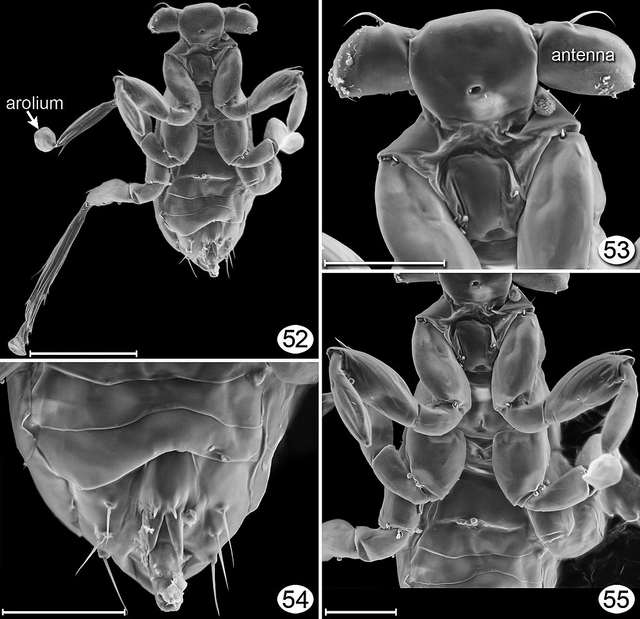
They are on average about 180μm in length! Forgive me for not working out how many fit into one of me. But that's not what makes them weird.
The fairyfly has a strange reproduction method. After parasitically inserting babies into a host egg, the brothers and sisters within mate with each other, and the 'adult' make dies inside, without ever leaving in life.
You'd think this was a unique freak of nature, but no. Mites and fig wasps do it too.
Gross.
They're quite widespread, typically living on Pacific and Atlantic islands, often endemic to their particular ones, such as Saint Helena.
Blue Whales
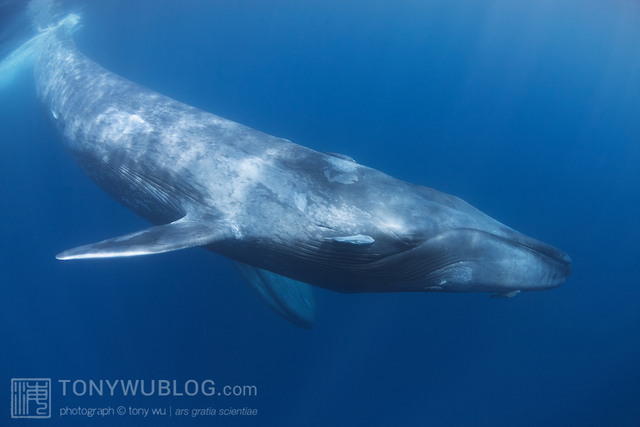
Yes ok, Blue whales are the biggest animal in the history of life, and yes they don't live on islands, but I wanted to point out pygmy blue whales because the process was essentially the same.
Evolutionary studies show that blue whales were driven up north around 20,000 years ago, likely due to the Last Glacial Maximum, a kind of period of the last ice age.
One can extrapolate that they became cut off from the other blue whales, and with a scarcer supply of fish up there, miniaturized and became several sub-species, many of which still live there today with slightly different features to your classic blue whale. Still massive though.

They are actually the most numerous type of blue whale, accounting for up to half of the total, despite their lack of genetic diversity due to said isolation.
And before you wonder, yes there are pygmy sperm whales and so on.

So there you have it, from the smallest, practically microscopic parasitic wasps all the way up to the biggest whales of them all, nobody escapes dwarfism if they get trapped for long enough! And I love 'em even more for it.
Image Sources:
P. Blue Whale
V.I. Dwarf Gecko
P. Elephant
P. Chameleon
Key Deer
Fairyfly
oowwwww that gecko is so lovely <3
Whoops, you slyly managed to point out my error! I accidentally copied two of the same chameleon species... The actual gecko is now up, and even lovelier if you ask me
that's even cuter, your right! Now, I want to eat one!
What is one animal that you think has not, or ever will, suffer dwarfism? If you can think of one, why do you think so?
Tough. As you subtly point out, not all dwarfism is island-related. But I mean, there are so many creatures that don't fit into the standard vertebrate model; single celled organisms, lichen and so forth.
If we stick to familiar 'animals', hmm... I think they're all up for dwarfism! I even checked 'ants' and found that to be commonplace, too =/ Good question lol
I was mostly surprised by the fact that dwarfism comes faster than gigantism. When survival is threatened nature adapts quickly!

But no matter how many dwarfs you gave us this is...
😝😝😝😝😝
Haha yes indeedy. He's American too, freakishly.
Fun fact, Americans are getting shorter on average; Europeans and most the world, taller
Really?! I didn't know that about height! Thanks!
Dwarf whales? Those were a surprizing one ^^
Yeah kind of an oxymoron right? heh
totally! :)
Very Nice Post ; Voted and followed you. I want to learn from your experience on steemit.com. So kindly see my posts and vote me and follow me. As we can see our future posts. Thank you @mobbs
I recently went to the Orkney Islands of Scotland, and they have a type of sheep that has been somewhat intentionally adapted to scarce resources on the islands. Ranchers, wanting as much grazing land as possible, would put sheep out to pasture on the shoreline, where they began eating seaweed.
Because the sheep can't get as much nutrition from seaweed as from grass, they are quite a bit smaller than regular sheep, although I don't know if they'd be considered 'dwarf' or not. Look up Ronaldsay Island Sheep.
Over time, they've adapted quite well to eating seaweed, and now forage completely on seaweed their entire lives, making them one of only three animals on earth able to subsist on nothing but seaweed. The others are abalone and a Galapagos Island lizard that swims out into cold water to dine on algae, chancing not being able to return if they stay out too long and get too cold to swim (since they are cold blooded). Nature is fascinating.
Wow that's a great addition. I wonder what they taste like... Can't imagine. But yeah the iguanas on the galapagos are awesome, I think the only aquatic iguana on earth.
Thanks for the thoughtful comment!
This post has received a 2.70 % upvote from @buildawhale thanks to: @trumpman. Send 0.100 or more SBD to @buildawhale with a post link in the memo field to bid on the next vote.
To support our curation initiative, please vote on my owner, @themarkymark, as a Steem Witness
Your article on gigantism was quite interesting, but I enjoyed this one even more (possibly because of the added cuteness).
When talking about pedomorphism and the pygmy elephants, I was wondering if this could also be part of the explanation for their tameness. I've read somewhere that a common part of the process of domestication is a delayed puberty and a larger number of non-adult traits retained into adulthood. The example was dogs who have a lot in common with wolf puppies, so in a sense more childishness retained into adulthood is something that usually makes species less aggressive and makes domestication easier (or is actually caused by the domestication process through selection for non-aggression).
So couldn't the pygmy elephants have naturally become tamer just as a side effect of their pedomorphism and that we are correlating this with domestication just because we see a similar retention of non-adult features in many domesticated animals?